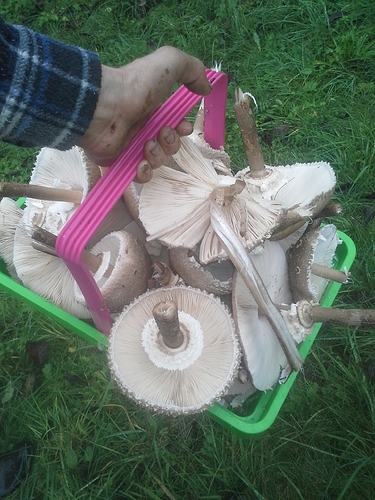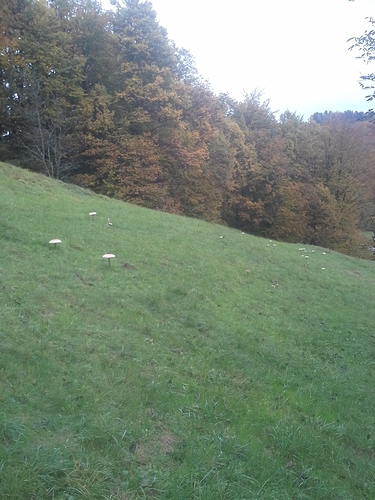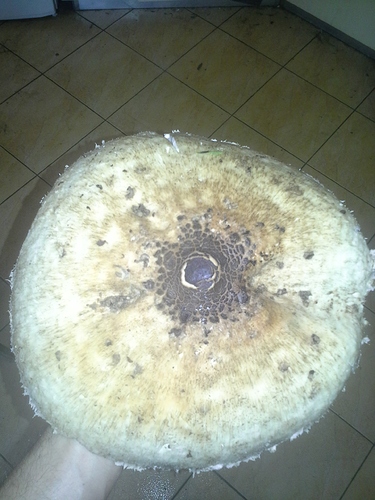Oh so true. I have them in the back edges of the garden and keep them “weeded” back yearly.
found those here in Kansas, how do you prepare them?
Tried blowing up the picture to get a better look at the leaves. Do they have a long slender leaf with a saw tooth edge?
Hi Ernie,
They can be eaten raw in salads, partially cooked and pickled, or boiled a bit (don’t over boil they will get pasty) and roasted like potatoes or sliced and cooked with onions like home fries (my favorite way to eat them). I tried them mashed like potatoes, but didn’t care for the pasty consistency. Flavor is somewhat sweet. I think they would fall apart if used in a stew and cooked for a long period. Maybe add them at the end and just barely cook them. They are said to be a good alternative for potatoes if you are diabetic. I read this but have not confirmed it.
Pepe
I also read they make you fart like a horse!
use full information .
Dug this tonight
Pic of top of plant
Seems like could be a lot of work for small reward especially in my clay soil
Tom, they do look a bit sparse. I’ve never gardened in clay, but root crops could be a challenge there. I usually dig in the spring like the ones in the pic, note the sandy soil. I might go out tomorrow and dig up a new plant and check out the root growth for comparison.
Were there no bigger rizomes in the ground? They usualy grow on the end of the roots you showed on the pic. Have to dig them out with a shovel.
This plant isnt picky about soil. I saw it grow in rock hard clay soil.
Jerusalem artichokes are native of North America
here (Québec , canada) they have not flowered this year and the tubers are small. probably because of the very hot, dry summer we had
Do the flowers smell a bit like chocolate? If so, I think I found some.
Hi Chris,
The flowers on mine do not smell like chocolate, although I read somewhere about some kind of flower that does have a chocolate like smell.
Pepe
Here’s a pic of the plant I dug up yesterday from a plot at the back edge of my garden. The dry season seems to have cut down on the number. They may be larger in the spring, we’ll see. They are also eaten raw and have a nutty like taste. Sacagawea, a bilingual member of the Lemhi band of the Shoshone tribe, introduced it to Lewis and Clark in 1805 in what is now North Dakota. The plant started in the western US and moved east through cultivation.
Pepe
Chris, This may be what you found.
Hmm will look a little farther away from the plant
Cold tolerant plants produce their own propylene glycol natural antifreeze after first frosts. Propylene glycol is a sugary type of alcohol and very sweet.
(I stand corrected! Thanks for @Chris. Ignore that part  -->) This is why animals like to lick up antifreeze spills and then get sick from all the toxic chemicals we put in automotive antifreeze to keep it from ruining the internals of one’s engine.
-->) This is why animals like to lick up antifreeze spills and then get sick from all the toxic chemicals we put in automotive antifreeze to keep it from ruining the internals of one’s engine.
Propylene glycol is different than ethylene glycol. Both act as antifreeze, only one is poisonous.
Nature was generous once again. Long rainy days were ideal for these delicious umbrellas to pop out.
This is a great thread. It reminded me of one of the books I need to go through again.
Uncommon Fruits for every garden
By Lee Reich
It is a great book about alot of the fruits which are not well suited for mass production farming but typically have better flavor and work good on small home scale. One of the things on my to do list is a nice orchard.
Hi Kristijan,
I thought I’d follow up on our bunching onion dialogue on May 21, 2016 @ 1:22 pm," Asparagus and other wild edibles" in the Off topic section. The frost is well out of the ground so I rototilled today. I was in Heaven! I also checked my bunching onion patch. It’s doing very well as you can see.
Looks like new growth. Note my new strawberry patch with soaker hose at top of pic.
This is the following Spring and the clumps are showing signs of growth and division.
A bigger clump waking up.
Note how every onion has divided into separate little clumps. The clumps grow into bunches of large scallion size onions. Leave some in the ground and you will always have “some” onions. Maybe not slicers, but thankfully you’ll have onions. My Hungarian grandfather told me, " Ricky  If you eat an onion every day, you’ll never get sick". I must say I eat raw onions almost every day.
If you eat an onion every day, you’ll never get sick". I must say I eat raw onions almost every day.
Pepe
Crushed in a wood splitter freak accident. It was live with an unbendable, get caught on everything break every other week kinda pinkie or lop it off. The only thing I miss is not being able to clean my left ear 




